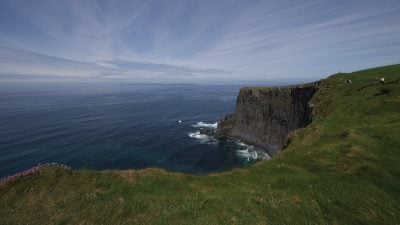Home / UK & Europe / Dublin’s Fair City is a Must…

Dublin’s Fair City is a Must on Ireland Vacations
When planning any Ireland vacations, you definitely must get to know Dublin, the “City of a Thousand Welcomes.”
If you will excuse the pun, after a visit to Dublin, your friends will be green with envy! My experiences of visiting Dublin have always left me with the desire to return. The reasons are many. First of all, the friendliness of the people is genuine. They don’t seem to care where you are from or what you look like. The city is steeped in history and has a vibrant ambience. There is plenty of culture as well as good restaurants and, of course, the quintessential Irish bars. Dublin is an old city which is reflected in the architecture, incorporating Georgian, Victorian, and Contemporary styles. All this comes together as a treat for the visitor on an Ireland vacation.
What to See and Do in Dublin
Trinity College
This venerable institution was established way back in 1592. Some of the graduates from Trinity College include literary giants such as Oscar Wilde, Samuel Beckett, Jonathan Swift, J.P. Donleavy, Bram Stoker, and J. B. Yeats. You can freely walk around the grounds and will probably end up with a visit to the Book of Kells, a richly illustrated manuscript of the four Gospels of the New Testament, created around AD 800 by monks and which has been kept on permanent display. Amazingly enough, it attracts more than 500,000 visitors each year.
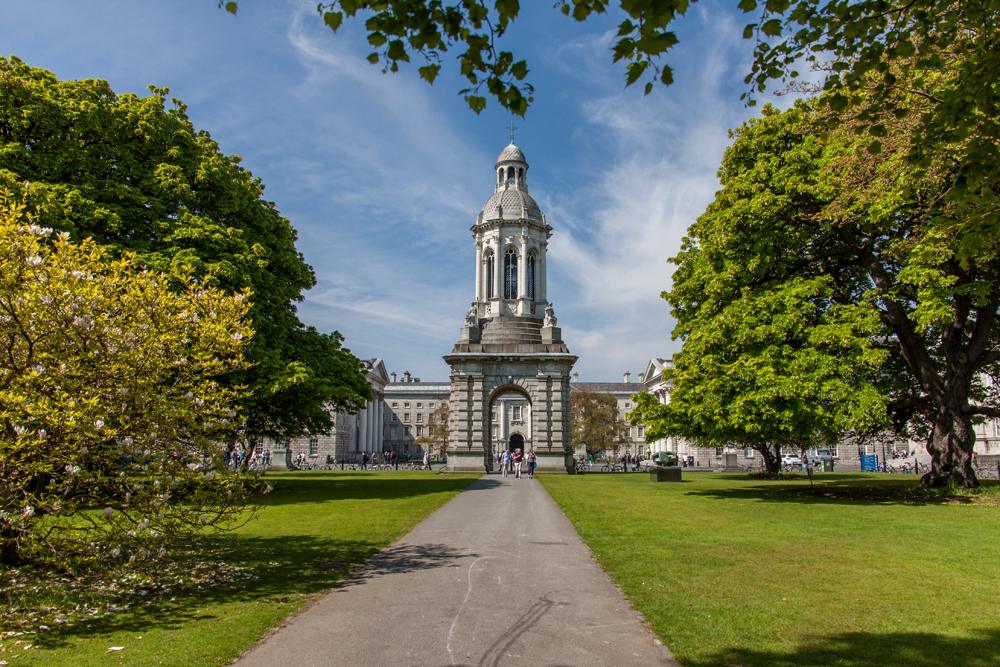
The Banks of the River Liffey
Liffey River divides the city in half, the north side from the south side, so it is probable that, on a visit to Dublin, the inevitability is quite high that you will find yourself seeing it. The river is spanned by numerous bridges, of which five are pedestrian bridges, with wonderful names – the Millennium Bridge, the Sean O’Casey Bridge, the Samuel Beckett Bridge, the James Joyce Bridge, and the Ha’penny Bridge. Between the centre of Dublin and the sea, which is not very far away, is a development called the Docklands. I highly recommend a stroll around this area as it has stunning modern architecture as well as historic buildings. In Dublin, you can visit art galleries and join a river cruise exploring the historical sites and landmarks along the River Liffey. Look out for The Famine, a sculpture and commemorative work dedicated to the Irish people who were forced to emigrate during the 19th Century Irish Famine. Other artwork includes The Arc Hive, artwork located in the lobby of the Pearse Street Library which resembles all things connected with the bee, Freeflow, which is an installation of 900 small lit glass cobbles in shades of watery blue and green, and The World Poverty Stone, a commemorative stone marking the United Nations International Day for the Eradication of World Poverty.

There are two very contrasting but outstanding buildings along the quayside. One is the Custom House, built in the late 18th century with its four monumental facades and towering statue-topped dome. The other is a very modern, high-tech-looking building, the Convention Centre, with an eye-catching glass front. It was the world’s first carbon-neutral international convention centre.

Phoenix Park
Phoenix Park is a very attractive and centrally located, and is one of the largest city parks in the world. It is a veritable “green lung” which should be explored on Ireland vacations in Dublin. It contains the President of Ireland’s house, the Dublin Zoo, sports fields, flower gardens, a former military fort, herds of wild deer roaming freely, and numerous cafes as well as routes for cyclists, runners, and walkers. The Wellington Monument, the largest obelisk in Europe at 62 metres/203 feet in height, commemorates the victories of the Duke of Wellington. There are four bronze plaques cast from cannons captured at the Battle of Waterloo.
St Patrick’s Cathedral
St. Patrick’s Cathedral is the largest church in Ireland, named after Ireland’s patron saint. It was founded in 1191 and is regularly used for events of national significance such as the annual Remembrance Day celebration. It was here that St. Patrick reputedly baptized the local Celtic chieftains. Interestingly, Jonathan Swift, author of Gulliver’s Travels, was the Dean of the cathedral from 1713 to 1745. His tomb can be seen inside the church. The Cathedral is also world-famous for its choir, which still performs daily during the school term.
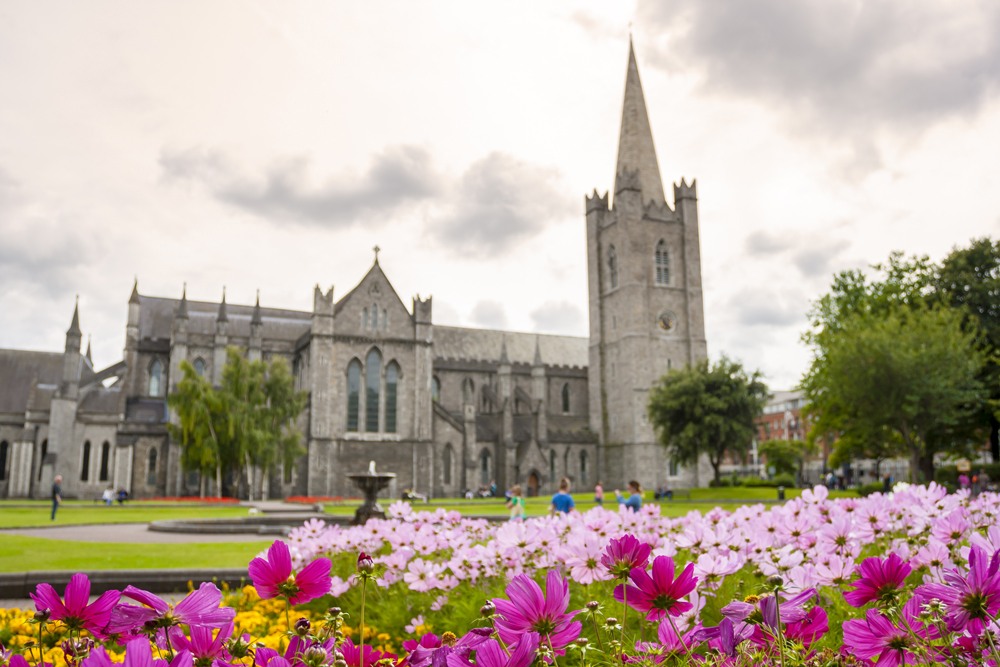
Dublin Castle
Dublin Castle was built for King John of England in the 13th century to defend the city. Today, the castle has two museums, a conference centre, two gardens, and the prestigious State Apartments in the country and the site of Ireland’s Presidential inaugurations. The architecture of the castle is Norman in style, with defensive walls surrounding an interior courtyard. Visitors can wander around the grounds and, at the same time, see the Royal Chapel, the museums, and the State Apartments – the latter being available on a guided tour. These contain richly-decorated rooms used for official engagements. Also, there is the Chester Beatty Library, arguably one of the best in Europe, having been named the European Museum of the Year in 2002 and which contains collections of Islamic and Far Eastern artifacts. The museum contains a number of priceless objects, including one of the surviving volumes of the first illustrated Life of the Prophet.
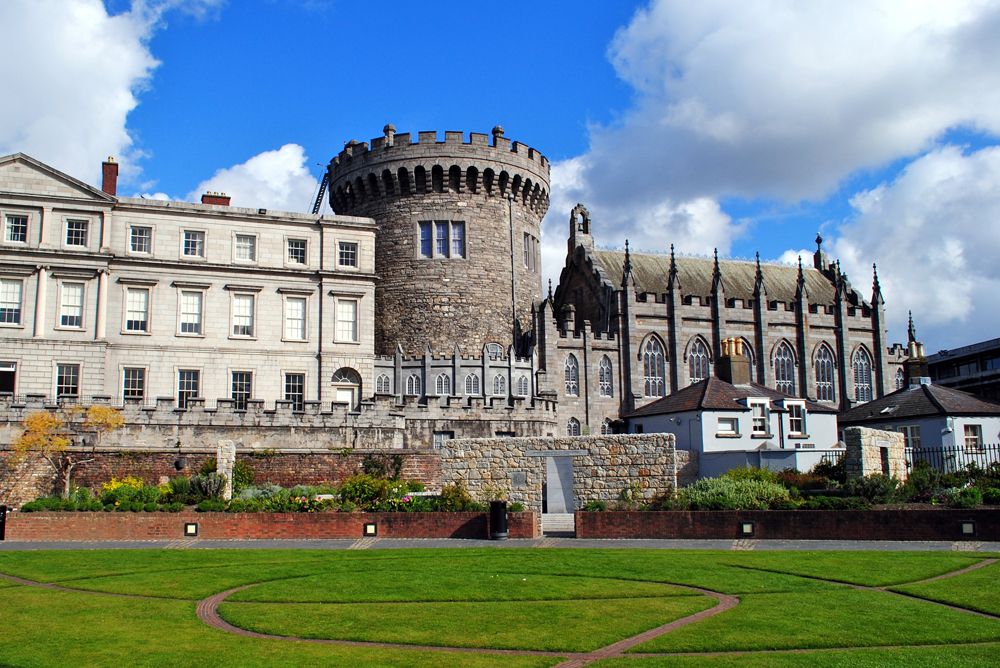
Kilmainham Gaol
Kilmainham Gaol is a historic prison, built in 1796, and was “home” to many leading Irish revolutionaries who were ultimately put to death for their resistance to British rule in Ireland, following the failed rebellion of 1916. Kilmainham Gaol was notorious for its treatment of its inmates, including women and children who were arrested and imprisoned for petty crimes. The prison is now a museum offering tours of the old cells and courtyards, giving an insight into the moving course of Irish history. A tour of the prison includes an audio-visual show.
Temple Bar
On the lighter side of Ireland vacations, Dublin’s Temple Bar is a lively neighbourhood located on the south bank of the River Liffey, and is known as an entertainment centre with a wide variety of pubs and restaurants all jammed cheek by jowl with each other. The cobblestone streets add to Temple Bar’s charm. It is also known for its cultural centres such as the Gallery of Photography, the Irish Film Archive, and the Gaiety School of Acting. The Temple Bar Pub was established in 1840 and is famous for its beer garden, music nights, craft beer, oysters, and the largest whiskey collection in the country. Live musical performances of typical Irish music take place here all day and night on a daily basis. Some other attractions in Temple Bar are the book market held on Saturdays and Sundays, “Speakers’ Square,” where anyone can speak publicly on Sunday afternoons, a food market, and a fashion and design market, both open on Saturdays.
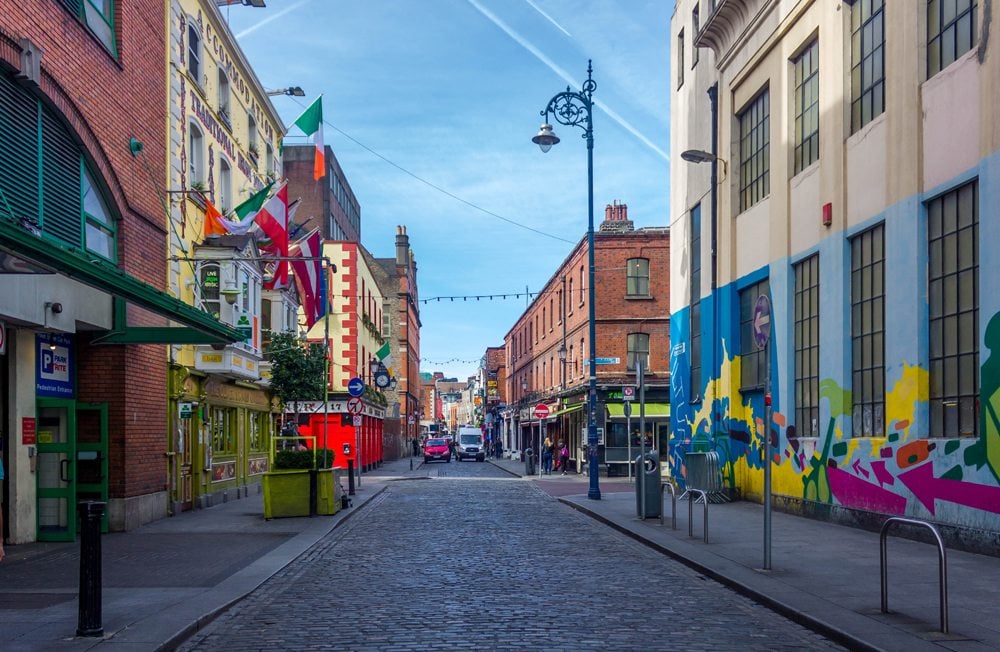
The Guinness Storehouse
It would be surprising if any visitor, on a trip to Ireland, could ignore the Guinness Storehouse. This legendary place is the most visited tourist attraction in the whole of Ireland. It is here you can learn about the history of Ireland’s most famous drink through a series of exhibits, plus be given an idea as to how Guinness is made (I was told the exact recipe is strictly kept secret). At the end of the tour, you will then be taken to the Gravity Bar on the top floor where you receive a free pint of Guinness while taking in wonderful, panoramic views of Dublin and the surrounding countryside.
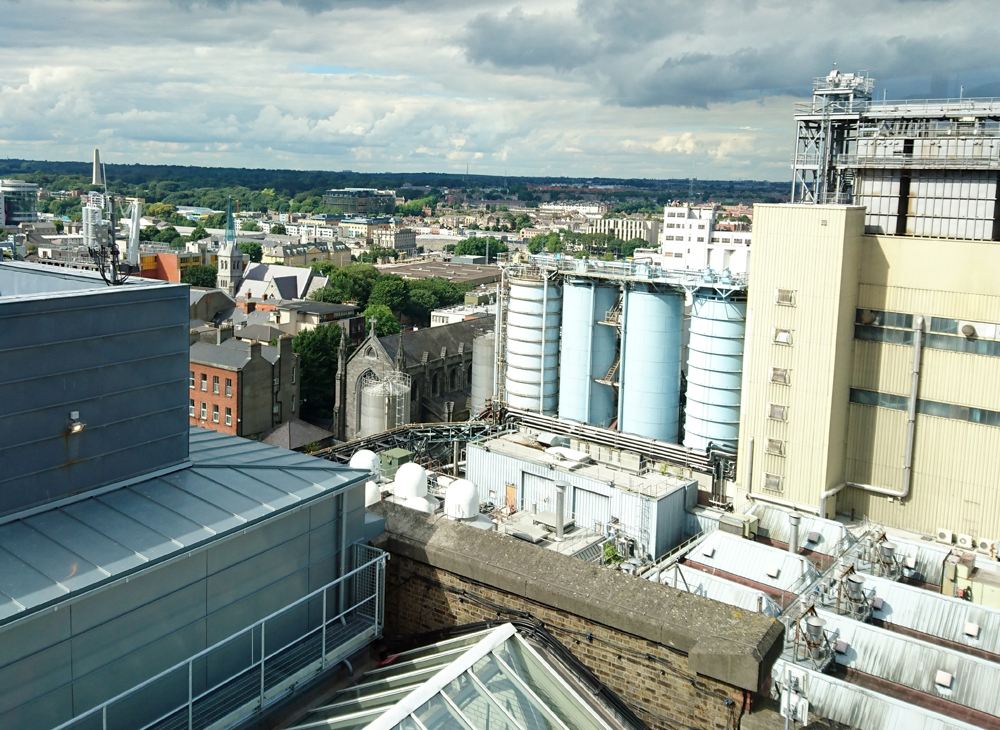
Jameson Whiskey Distillery
If whiskey is more your thing, you will enjoy a tour of Jameson Whiskey Distillery, where this drink has been produced since the 1700s. The visitors’ centre provides guided tours which explain the ingredients used and help you learn about the complex brewing and distilling processes. Afterwards, you can enjoy whiskey tastings.
The Museums and Art Galleries of Dublin
There are many museums and art galleries in Dublin to choose from while on Ireland vacations. Some of the ones I found interesting include the following.
The Little Museum of Dublin is situated inside an 18th Century Georgian townhouse. It tells the story of the city and its people in a lively way. The cultural, political and social history of Dublin is explored through fascinating historical records and memorabilia. For U2 fans, there is an entire room dedicated to this famous rock band.
The National Gallery of Ireland is home to some of the most important works of Irish art, as well as many significant works by other European artists. The museum exhibits more than 2,500 paintings and 10,000 artworks in other formats, highlighting the works of Vermeer, Caravaggio, Picasso, Van Gogh, and Monet.
The Museum of Natural History is home to hundreds of stuffed animals, long-dead, as well as the bones of large mammals including a skeletal whale hung from the ceiling.
The Museum of History and Archaeology showcases Viking relics, dead bodies pulled from Ireland’s bogs, old gold coins, and models of fairy forts.
When you think about the large number of prominent Irish literary types, it’s not surprising that the Dublin Writers Museum exists. Here, you can learn about the lives and works of famous Irish writers such as James Joyce, George Bernard Shaw, W.B. Yeats, Samuel Beckett, and Oscar Wilde, plus many others through photographs, portraits, and other documents including rare and precious books.
Okay, there had to be one… The National Leprechaun Museum which describes itself as a place where, “Nothing is what it seems. We dare you to have fun,” is dedicated to Irish folklore and mythology. Visitors can learn about Celtic culture and discover the secrets and stories of goblins and fairy tales.

And For Music Lovers….
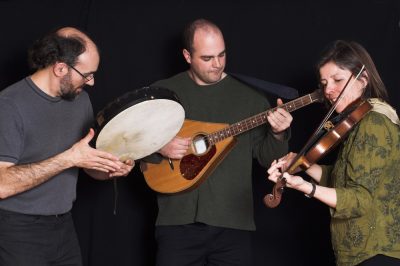
They say that traditional Irish music embodies the spirit of the people of Ireland. I endorse that. There is a seisun (pronounced seyshoon) which can best be described as an informal gathering of musicians and which can include fiddlers, flutes, banjos, guitars, and drums. Then there is ceili (pronounced kaylee) which is all about dancing to this music, possibly joining in with the locals. I have come across numerous pubs and bars in Dublin offering both. You can certainly find this type of music in Temple Bar in abundance, but my favourite is The Cobblestone, a pub which is renowned for having the best traditional music sessions in the city. It is in one of Dublin’s oldest neighbourhoods called Smithfield, a fifteen minute walk from the city centre.
Not Far From Dublin
There are two outings you might want to consider while in Dublin on Ireland vacations. Howth is a Dublin seaside suburb which is situated on the north side of the city in what is known as Dublin Bay. It is picturesque and, at the same time, offers a variety of things to see and do in this former fishing village. There is a 6 kilometre/3.5 mile cliff walk and walks that take you past the harbour while observing seals frolicking in the sea. You can take a 15-minute boat ride to Eye, a beautiful island with long sandy beaches and great views of the bay. Howth is also a popular place for bird watching, sailing, and fishing. There is a golf course and then, there is Howth Castle, with its attractive gardens. Restaurants offer a selection of seafood and other types of cuisine for lunch or dinner. You can also spend time in a market for Irish crafts including vintage antiques.

The Wicklow Mountains, to the south of Dublin, known locally as the Dublin Mountains, are a special area of conservation. The central point in the mountains is Glendalough, famous for its monastic site, a settlement originally built in the 6th century. From here you can visit scenic lakes and valleys as well as engage in a selection of walks and trails in the area including the Wicklow Way, a marked trail through the mountains.
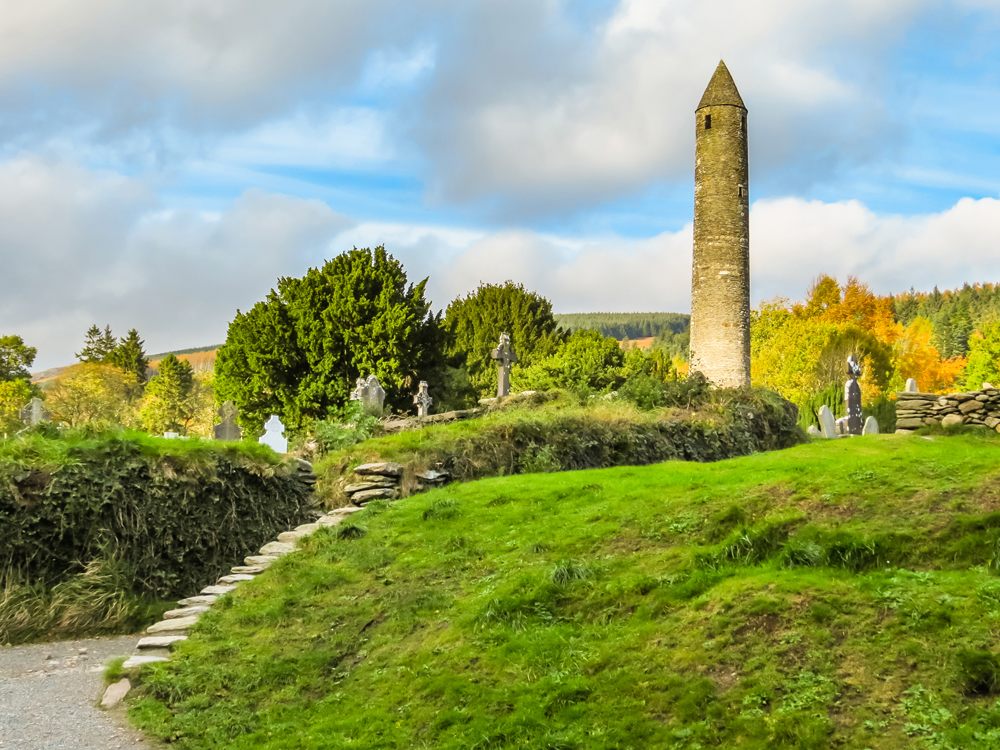
So, after sampling some of the above suggestions while enjoying your Ireland vacation in Dublin, if you don’t come away with happy memories saying, “begorrah,” I would be shocked.
Get more travel inspiration by email.
Subscribe
0 Comments

Get the latest travel trends & hear about the best deals on vacations around the world.
If you’re a Globetrotter, these are the newsletters for you!



